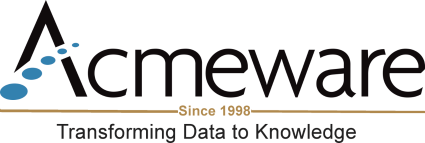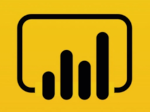Is your Healthcare Data Being Governed?
In today's rapidly evolving healthcare landscape, effective data management is crucial for delivering high-quality patient care, ensuring regulatory compliance, and improving operational efficiency. While working with Meditech hospitals, we recognize that robust healthcare data governance and a well-defined reporting structure are essential components that must work together.


